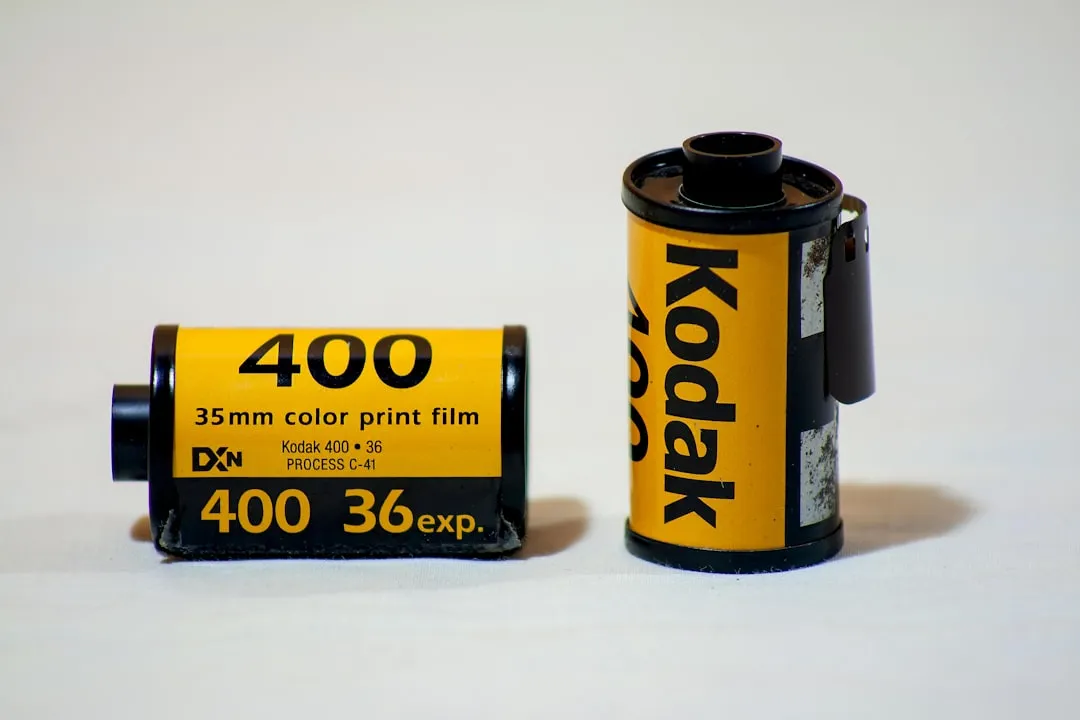
Last year, Razer kicked off a new trend by building a smartphone from the ground up with mobile gamers in mind. At the time, many thought the Razer Phone solved a problem that no one really had — but a year later, we're starting to see that gaming phones are perfect for more than just Fortnite players.
Because gamers demand so much of their devices, gaming products are usually made with the very best components. Gamers don't just want to play games, they want to enjoy them at the highest resolution settings while maintaining a high frame rate with minimal latency. It is not enough for a phone to have a large display, it also has to have amazing picture quality and a high refresh rate. And audio isn't an afterthought, it's an essential component of the immersive experience and its quality should be on par with the video it's synced to.
Once you list out the criteria demanded by the gaming community, you realize that other communities share many of these must-haves. While most flagship phones share similar design and specs, gaming phones are pushing the envelope. This results in amazing phones like the ASUS ROG Phone and Razer Phone 2, which not only excel at gaming, but maximize the experience of watching movies and listening to music. Yes, the "gaming design" isn't for everyone. But look a little deeper and you'll see that these gaming phones might be best for your specific needs.
More Than Just Gaming
When it comes down to it, media consumers and gamers want many of the same things: big displays, excellent picture quality, nice speakers, a large battery, and a powerful modem for fast cellular data. OEMs are trying to provide this experience to gamers, but in the process, they're helping non-gamers as well.
When we ranked the best phones for watching movies earlier this year, the Razer Phone was number three on our list. Its industry-leading speakers, great screen, and excellent battery life allowed it to easily make our list. As the only gaming phone at the time, it stood out among the crowd.
Fast forward to our recent revision of this list, and things have changed. The Razer Phone 2 just barely missed the cut, but two other gaming-centric phones made the list: the ASUS ROG Phone and the Samsung Galaxy Note 9. And not only did they make our list, but they topped it, taking the number one and number two spots.
One of the reasons ASUS and Samsung were able to rank so highly on our list was because of Razer — specifically, the shortcomings of their first product. Both ASUS and Samsung attempted to address many of the issues with the first Razer Phone while matching what it did so well. One example is the headphone jack, which the Razer Phone didn't include. Because of the backlash, ASUS made sure to include it in the ROG Phone.
Speaking of audio, remember when phones used to include front-facing speakers? This feature has all but died thanks to the push toward bezel-less phones, but it's making a comeback in gaming phones. For instance, the Razer Phone 2 sacrificed aesthetics for two of the largest front-facing speakers on any phone. So while it doesn't have the 18:9 aspect ratio or the small forehead and chin, it does have speakers that rival some external Bluetooth speakers, which is perfect for gaming, watching movies, or listening to some music. And when front-facing isn't possible, other gaming phones like the Galaxy Note 9 make sure to include stereo speakers using the front earpiece and a bottom-firing speaker.
If you enjoy music, there are few phones that will provide a better audio experience than some of the gaming phones released this year. Even when gaming phones such as the Razer Phone 2 don't include a headphone jack, they still take audio seriously. The Razer Phone 2 (like its predecessor) has one of the best dongles on the market thanks to its THX certification. It can easily drive the most expensive headphone and deliver industry-leading audio quality.
The non-gaming benefits of gaming phones don't stop there. For processor-intensive tasks, gaming phones include optimized SoCs that will help even when you're not playing a game. The ASUS ROG Phone has a special edition of the Snapdragon 845 that's specifically designed to maintain an overclocked speed. Every ROG Phone can handle the 2.96 GHz overclock comfortably without the need to throttle. And, even when overclocking isn't necessary, most gaming phones including some form of additional cooling to prevent thermal throttling.
The benefits of gaming phones extend to productivity and multitasking. Every gaming phone has an 8 GB RAM option, so you'll never slow down because of lack of memory. Apps no longer need to reload after you switch away since they remain cached in the RAM. And for those enjoy split screen mode and picture-in-picture, the high RAM found in gaming phones will make sure this performs well too.
Gamers demand the very best from their components, and this is something that everyone can enjoy. Whether you like watching movies, listening to music, or just getting a lot done, gaming phones can help. While the RGB effects and design language aren't for everyone, their unmatched performance and versatility are hard to pass on.
This article was produced during Gadget Hacks' annual Movies & TV on Mobile special coverage. Read all of the Movies & TV on Mobile coverage.
- Follow Gadget Hacks on Pinterest, Reddit, Twitter, YouTube, and Flipboard
- Sign up for Gadget Hacks' daily newsletter or weekly Android and iOS updates
- Follow WonderHowTo on Facebook, Twitter, Pinterest, and Flipboard
Cover image by Dave Lee/YouTube




























Comments
Be the first, drop a comment!